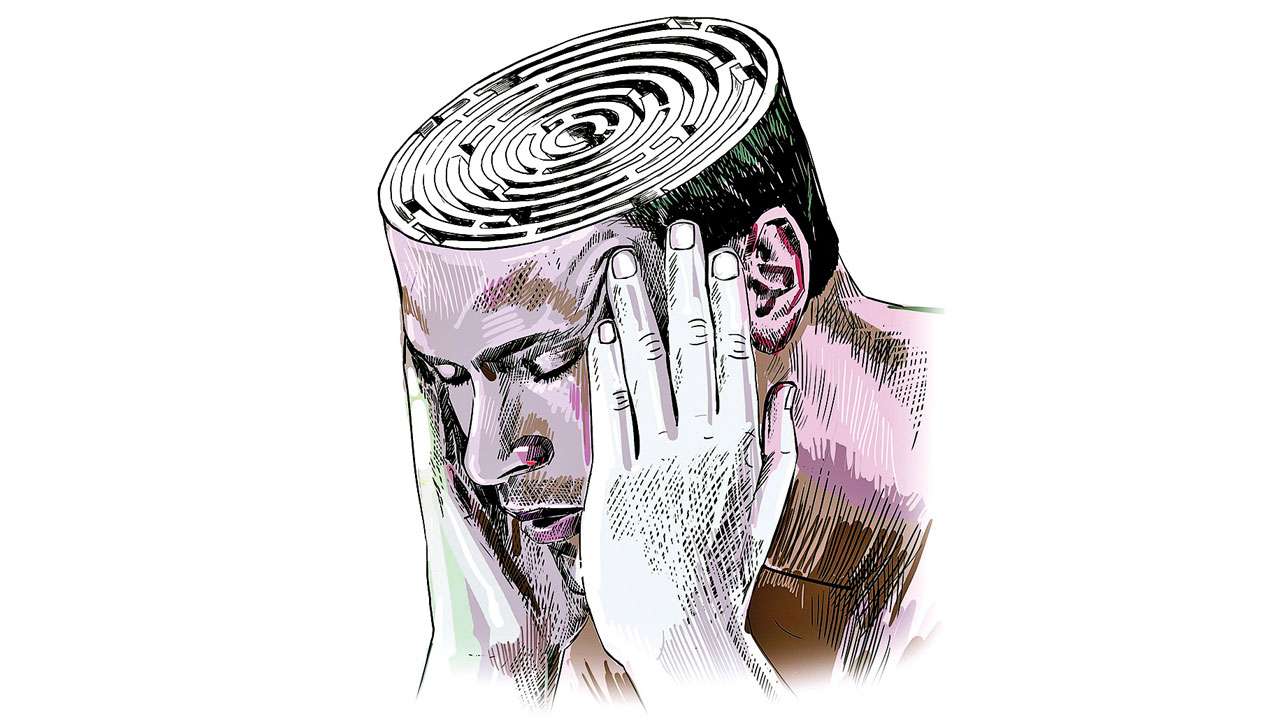The four major cities of of Gujarat lead in cases of depression. While better access to health and more awareness in urban areas may be the reason for the same, what is interesting is that even places like Jamnagar and Bhavnagar are also reporting such cases in high number. Ahmedabad, Rajkot, Vadodara, Surat, Jamnagar and Bhavnagar in all reported higher number of cases.
According to the data, among the six top districts Rajkot saw the highest rise in number of cases in percentage terms registering a 113.5% increase from 2001-02. Ahmedabad led in terms of absolute numbers registering 9652 cases for 2016-17 up from 5457 cases in 2001-02.
But those in the know said the numbers don't even scratch the surface of the problem. According to them the magnitude of the problem is quite high and often the cases don't come to mental health experts and doctors because of stigma associated with it. Even when it comes, not all cases get reported to the government since it is not a notifiable disease.
Dr Madhu Singh, director BM Institute of Mental Health said that the numbers reflect the irony of underreporting of depression. "Anyone can suffer from it but hardly few understand it. There is the problem of underreporting and underdiagnosis. In rural areas the services offered in Primary and Urban Health centres may not be equipped to identify and deal with the condition," said Dr Singh.
Dr Jinesh Shah, a psychiatrist with Apollo Hospital in the city said that the data whatever is available is skewed in favour of urban areas and the numbers are just a fraction of the actual problem.
"In India there is a bias in reporting. First patients don't approach doctors and sometimes when they do, doctors are not able to diagnose the condition as depression. So you can imagine the number of cases that go undetected," said Dr Shah who specialises in adult psychiatry .
Dr Shah said urban areas with better awareness and relatively higher number of mental health professionals mean the condition gets identified faster than say in rural areas and that could explain why urban areas are reporting more numbers. "It doesn't mean everything is fine in the rest of places," he said.
Dr Singh said another reason could be that rural areas are still relatively peaceful with a slower pace of life than urban areas. "It is the reason why some people shift to tier II cities to escape the daily stress," said Dr Singh. As to why even places like Bhavnagar and Jamnagar reported high number of cases, she said the two along with Surat and such have high industrialisation which attracts a lot of workers. "The working conditions, the stress of living alone apart from family and such often results in depression among workers although we need more studies about those," said Dr Singh.

Chhota Udepur that saw zero cases in 2001 registered 1498 cases in 2016-17.
Dr Shah also said that the urban living conditions where nuclear families are the norm and people are less likely to share their problems or talk about it for fear of being judged results in patients internalising their problems.
"On the contrary the social structure in a rural setting is such that people can still talk to each other and share concerns and that often helps in maintaining a healthy mental state," said Dr Shah.
